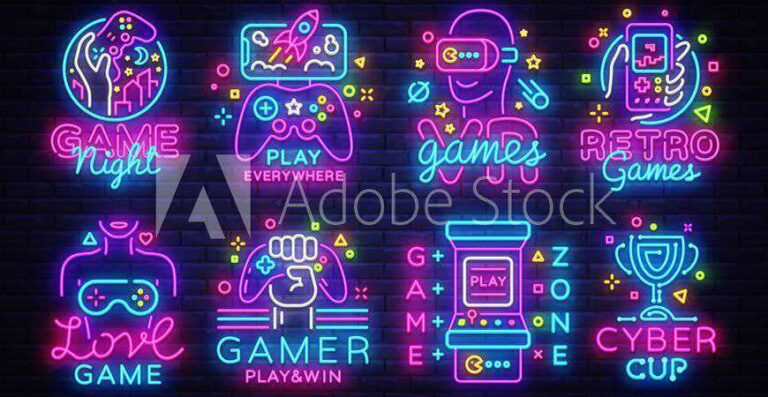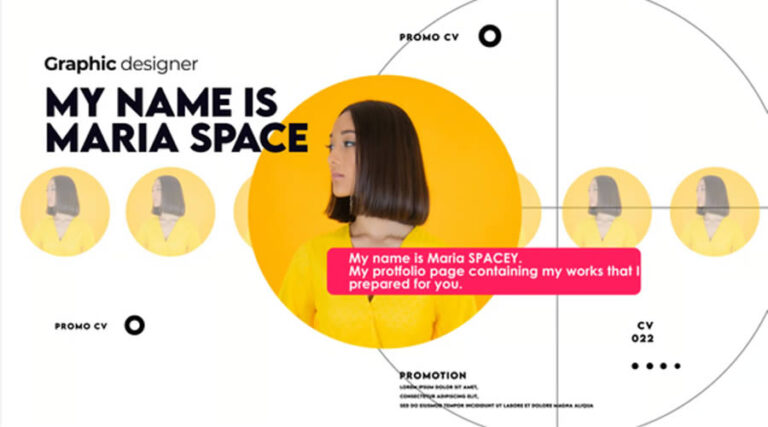Creating a successful website design with emotional impact involves much more than just an aesthetically pleasing layout. It requires a deep understanding of your audience’s needs and emotions, and the ability to craft an experience that resonates with them on a personal level. Here’s a comprehensive guide on how to achieve this:
1. Understand Your Audience
- Conduct User Research: Begin by gathering insights into your target audience’s preferences, pain points, and motivations. This could involve surveys, interviews, or analysis of user behavior on existing websites.
- Create Personas: Develop detailed personas representing your primary audience segments. Include demographic information, interests, goals, and challenges. This will help you design with a specific user in mind.
2. Define the Emotional Tone
- Decide on the Emotional Response: Determine the feelings you want to evoke in your visitors—comfort, excitement, trust, or curiosity, for example. This decision should align with your brand’s values and the message you want to convey.
- Choose Colors and Typography: Select colors and fonts that reflect the desired emotional tone. Colors can significantly affect mood, while typography can influence the perceived seriousness, playfulness, or elegance of your content.
3. Leverage Effective Imagery
- Use Powerful Images: Choose images that evoke an emotional response and align with your site’s goals. Authentic, high-quality visuals can create a connection with the audience and reinforce your message.
- Incorporate Videos: Videos can be a powerful tool for storytelling, allowing you to convey complex emotions and narratives in a way that text and images alone cannot.
4. Craft Compelling Content
- Write Emotionally Engaging Copy: Your website’s copy should speak directly to the user, addressing their needs and desires. Use storytelling to make your content relatable and memorable.
- Use Persuasive Design Principles: Apply principles of persuasive design, such as social proof, scarcity, and authority, to guide users toward taking action, ensuring these tactics align with the emotional tone of the site.
5. Design for Usability and Accessibility
- Ensure Easy Navigation: A frustrating user experience can negate any positive emotional impact your design might have. Ensure your site is easy to navigate, with a clear hierarchy and intuitive layout.
- Make It Accessible: Your website should be accessible to everyone, including people with disabilities. Use alt text for images, provide text transcripts for videos, and ensure your site is navigable with a keyboard.
6. Create Interactive Elements
- Incorporate Interactive Features: Interactive elements like quizzes, polls, or sliders can engage users and make the experience more personal and memorable.
- Animate Key Components: Subtle animations can draw attention to important elements and make the user experience feel more dynamic and alive.
7. Test and Iterate
- Gather User Feedback: Use A/B testing, user feedback, and usability testing to see how real users respond to your website. Pay particular attention to their emotional reactions.
- Iterate Based on Insights: Use the insights gathered to refine and adjust your design. Designing with emotional impact is an ongoing process that evolves with your audience.
8. Storytelling and Personalization
- Incorporate Storytelling: Use the power of storytelling to create a narrative around your brand or products. Stories can captivate users and evoke strong emotional connections.
- Personalize the Experience: Whenever possible, personalize the user’s experience based on their interests, behavior, or past interactions with your site. Personalization can make users feel valued and understood.
Creating a website with emotional impact is about crafting a journey that resonates with your audience at every touchpoint. It requires a deep understanding of human psychology, a strategic approach to design and content, and an ongoing commitment to understanding and addressing the needs and desires of your users. By focusing on these elements, you can create a website that not only looks great but also connects with visitors on an emotional level, fostering loyalty and encouraging engagement.
- Register a Domain Name
Registering a domain name is a fundamental step in establishing an online presence, whether it’s for a personal project, a business, or any other endeavor. - Progressive Mix of World News and Propaganda
- Migrating from GoDaddy Website Builder to WooCommerce
Building an online store with a Website Builder is a great starting point for a new business. - WordPress Security Vulnerabilities and Solutions
Security is a massive topic in the modern world. Mental, physical, emotional, financial, cyber, we all care one way or another about at least one of those. - Perform an SEO Audit for WordPress
You can’t simply build a WordPress website and think you’ll attract traffic and users without having a solid search engine optimization strategy.
A key element of any successful search engine optimization strategy is performing regular SEO audits of your website. - LIEFFIE – Digital News and Development
- Advanced Ecommerce Link-Building Strategies
With over 90% of worldwide searches happening on Google, the influence of Google’s ranking algorithm on e-commerce growth and online business performance cannot be overstated. But in this crowded space, how does one emerge victorious? The answer lies in deploying advanced link-building strategies tailored for e-commerce success.





